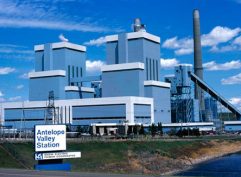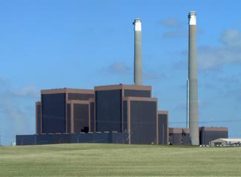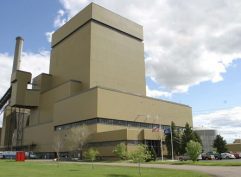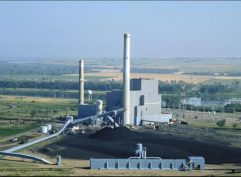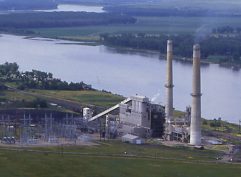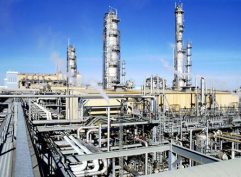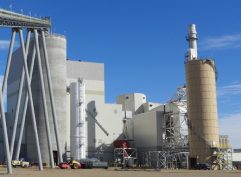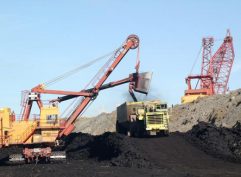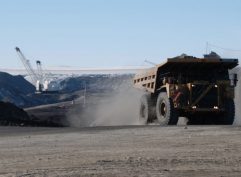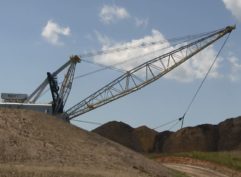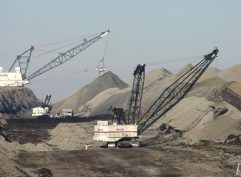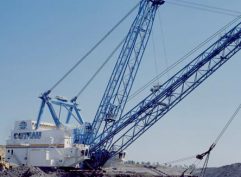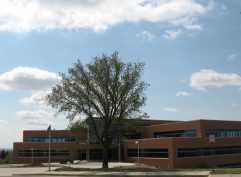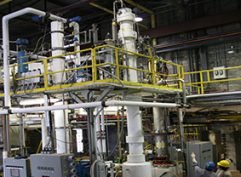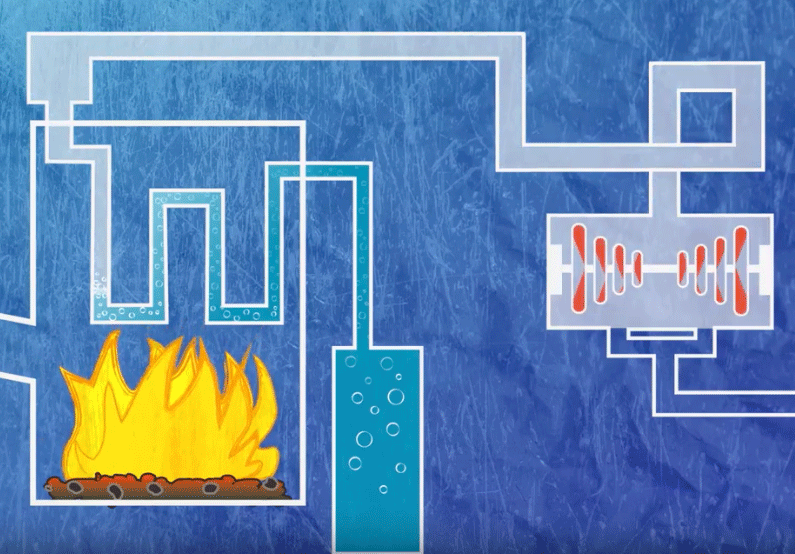How did we get here?
- June 2014 – The Environmental Protection Agency (EPA) proposed the Clean Power Plan (CPP), calling for carbon dioxide (CO2) emissions reductions from existing power plants by 2030.
- August 2015 – The EPA finalized CPP using the same timeline but increased overall CO2 reductions.
- National target CO2 reduction increased from 30% as proposed to 32% in the final rule.
- ND’s target CO2 reduction increased from 11% as proposed to 45% in the final rule.
- States given until September 2016 to submit initial State Implementation Plan (SIP)
What does the CPP mean for North Dakota?
- A 45% reduction in CO2 emissions could result in shutting down some coal-fired generation and replacing
it with other non-emitting generation resources to fully comply.
- Retiring power plants means associated coal mines will also likely close.
- In 2014, the ND lignite industry accounted for over $3 billion in total economic activity.
- Decreased tax revenue will impact the state and local communities.
- The CPP fails to recognize the role and value of efficient, reliable and affordable baseload power generation utilized in North Dakota and exported across the region.
- Baseload power would likely be replaced with intermittent, renewable sources, impacting grid management,
performance, reliability and the operation of wholesale electric markets.
Is there a solution?
- Legal Action
- North Dakota has filed a lawsuit because the final rule quadrupled our emissions goal, we export much of the
power we produce, and lignite is unique.
- Lawsuits can take years to conclude, and a stay from the courts could mean the rule wouldn’t go into effect.
- North Dakota State Implementation Plan
- Should be reasonable, and achievable, without sacrificing existing coal generation, impacting reliability, and
resulting in economic harm.
- Should be as flexible as possible, not focusing on the interim goals, to give the state through 2030 to work
towards CO2 goals.
- Should recognize constraints, and allow for appropriate time to develop technology and infrastructure to
meet the rule.
- Should account for load growth in North Dakota – need to keep existing plants in operation, as well as
facilitate new generation to provide for the growing power needs of the state.
- Technology
- The industry has invested over $2 billion in the last two decades to reduce emissions of pollutants.
- North Dakota is one of only 7 states that meet all federal national ambient air quality standards.
- The lignite industry continues to invest millions of dollars into research and development of carbon capture
technology, but EPA’s mandated timeline doesn’t allow time for development.
- The final rule needs to be reconciled with efforts to deploy CO2 capture, utilization and sequestration
technologies, not freeze future investments for these technologies.


